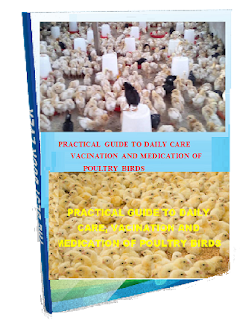Coconut Tree Cultivation and Processing
• A specialized nursery is needed to raise seedlings in large poly-bags to reach about 12 months of age. Initially, seeds would need to be imported, possibly as embryos that are transplanted into surrogate nuts.
A possible source of high-value embryos could be the coconut research centre on Santo Island in Vanuatu. The cost of raising such planting material to the field-ready stage is not known (at least AUS$25/palm), but the technology for embryo transplanting has been developed by University of Queensland (Samosir and Adkins 2005).
• Early management of the field planting could involve continuing to grow cane between the rows of young palms for 2 years, with a row spacing of 7–8 m. In the absence of an intercrop the ground cover would require regular mowing combined with chemical ring-weeding close to each palm.
Cultivation for weed control between the palms is advised against as feeder roots are active close to the soil surface.
• Young palms are fairly susceptible to attack from the Brontispa leaf beetle but simple protection can be provided by applying pesticide to the emerging ‘spear’ (the youngest frond not yet opened). There is the possibility of other insects such as locusts damaging the coconut leaf and, if needed, there should be robust protection against grazing animals that find the leaf of the coconut particularly attractive. The feral rat and some species of native rat (e.g. the large white-tailed rat) could damage immature fruit on the palm. The best protection against rats is a metal sheet wrapped around the trunk to deny the pest any grip when attempting to climb the palm.
• Depending on the fertility status of the soil, there will be a requirement for addition of fertiliser to achieve the potential growth of the young palm. At the very least some nitrogen, phosphorus and potash will be needed. The amount can be determined by foliar diagnosis, which works very well for coconut. The coconut has a particularly
high need for potash; however, this nutrient is vulnerable to leaching, particularly from light textured soils where rainfall is high. Close to the coast there may be a significant amount of salt delivered in the rainfall, which will increase the leaching of potassium. Fertiliser application is therefore best done two or three times/year, placing it close to the young palm but enlarging the area of application as the palm grows (Foale 2003).
• Tall palms are generally cross-pollinating as the active stages of the separate male and female flowers do not coincide. Both wind- and insect borne pollen usually abound, so there is little risk of poor pollination where there are many palms together. Fruit set falls in response to the stress of water deficit. Persistent rain for several days can also prevent pollination and cause failure of fruit setting. There is a tendency for the coconut palm to experience alternating periods of high and low yield, as a large maturing crop evidently suppresses fruit set in younger bunches and vice versa.



Comments
Post a Comment